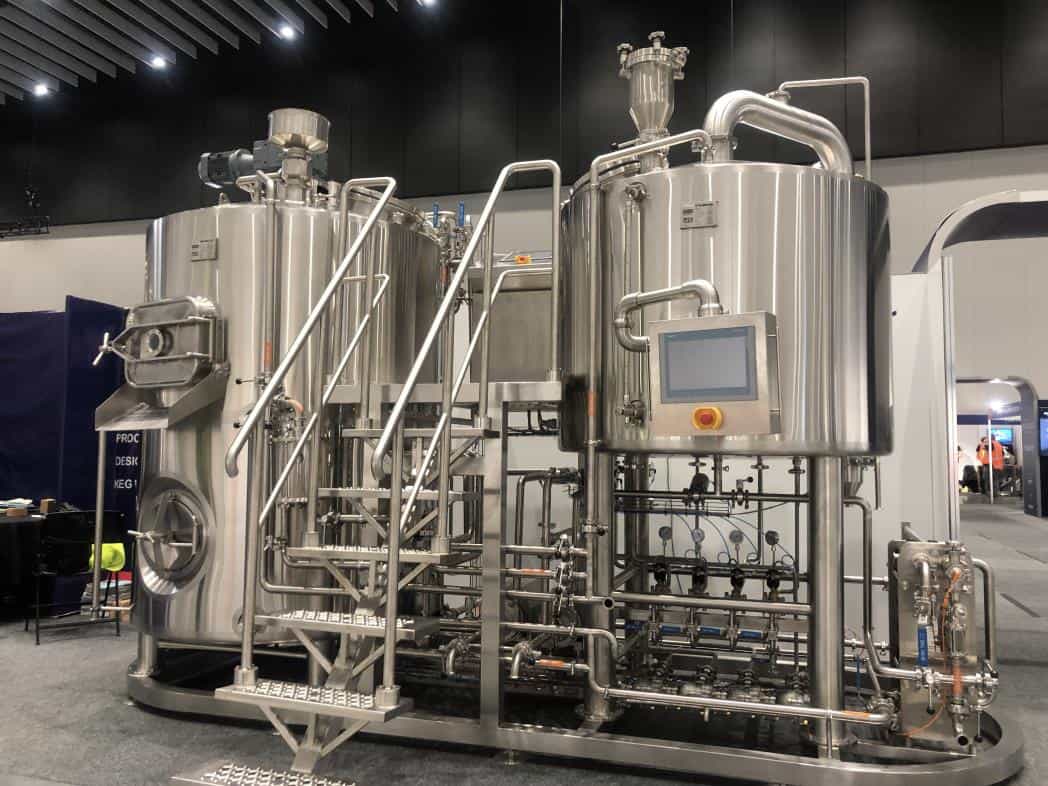Beginner’s Guide to Home Brewing
Are you ready to dive into the fascinating world of home brewing? Whether you’re a curious newbie or an aspiring brewmaster, making your own beer at home is one of the most rewarding hobbies out there. It’s not just about beer—it’s about creating, experimenting, and enjoying the fruits of your labor. Let’s explore everything you need to know about brewing beer at home, from the “why” and “how” to the essential tools and advanced tips.
Why Home Brewing?
Why do people brew beer at home when they can grab a six-pack from the store? Because it’s not just about drinking beer—it’s about crafting something uniquely yours. Imagine being able to tailor every sip to your taste. Want a hoppy IPA or a rich, creamy stout? You can make it. Home brewing isn’t just a skill; it’s an adventure.
Beyond that, home brewing connects you with an age-old tradition that’s deeply rooted in human history. Did you know beer brewing dates back over 5,000 years? It was central to many cultures and still carries a sense of craftsmanship and pride today.

The Benefits of Home Brewing: Personalized Flavors, Cost Savings, and Learning New Skills
Home brewing offers more than just delicious beer. Let’s dig into why this hobby is growing in popularity:
1. Personalized Flavors
Home brewing puts you in the driver’s seat. You can tweak recipes to create flavors that suit your taste perfectly. Commercial beers might offer variety, but nothing beats customizing your brew. Want a beer that tastes like summer in a glass? Add citrus peel and herbs. Prefer something robust for winter? Experiment with roasted malts and chocolate.
2. Cost Savings
Ever calculated how much money you spend on beer each month? Brewing at home can cut those costs significantly. While there’s an upfront investment in equipment, the ingredients themselves are relatively cheap. Over time, brewing your own beer can save you money—especially if you’re the type who stocks up for every game night.
3. Learning New Skills
Home brewing isn’t just about the end result; it’s about the process. You’ll learn the science of fermentation, experiment with flavors, and maybe even develop some troubleshooting skills when things don’t go as planned. Plus, it’s a great conversation starter at parties—everyone loves hearing about your latest brewing adventures!
Cultural Background and Popular Trends in Home Brewing
Home brewing has seen a massive resurgence in recent years. While its roots go back thousands of years, it became a modern phenomenon in the late 20th century when craft beer lovers started experimenting at home. Today, home brewing is a global trend. In the U.S., the legalization of home brewing in 1978 sparked a hobbyist revolution.
With the rise of craft beer culture, many people are inspired to replicate their favorite brews or create something entirely new. Social media has also played a big role, with home brewers sharing their creations and inspiring others to give it a shot.

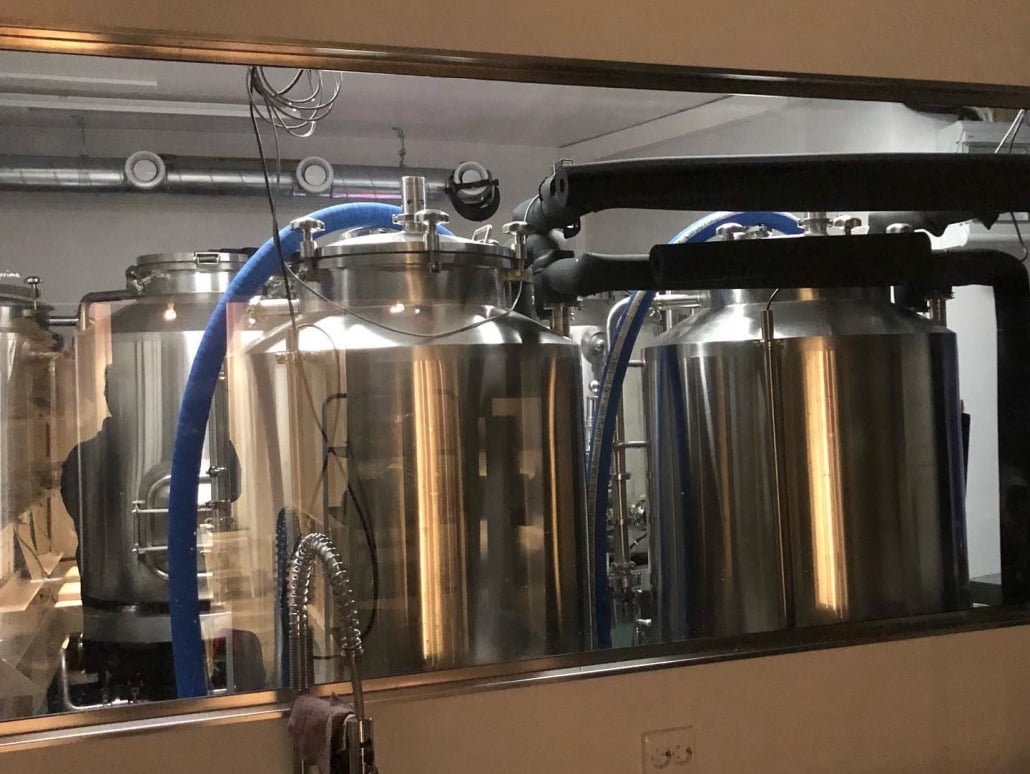
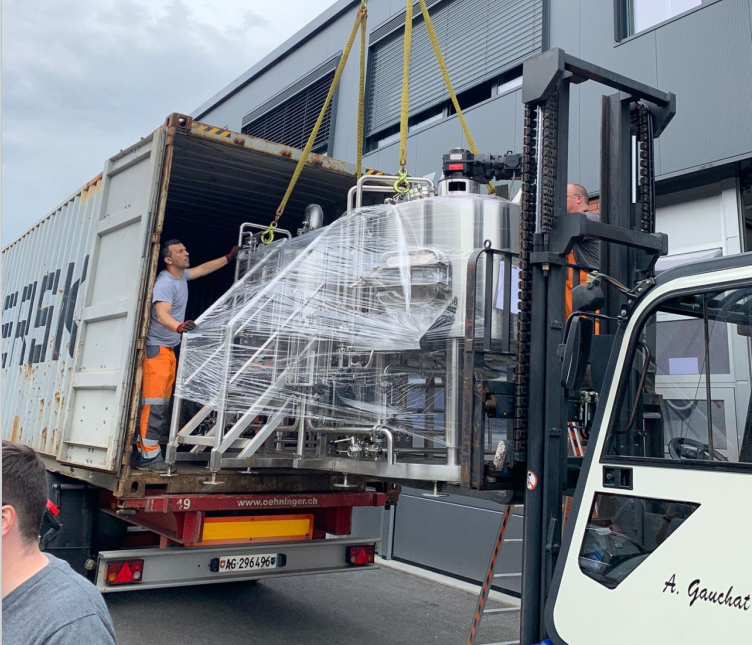
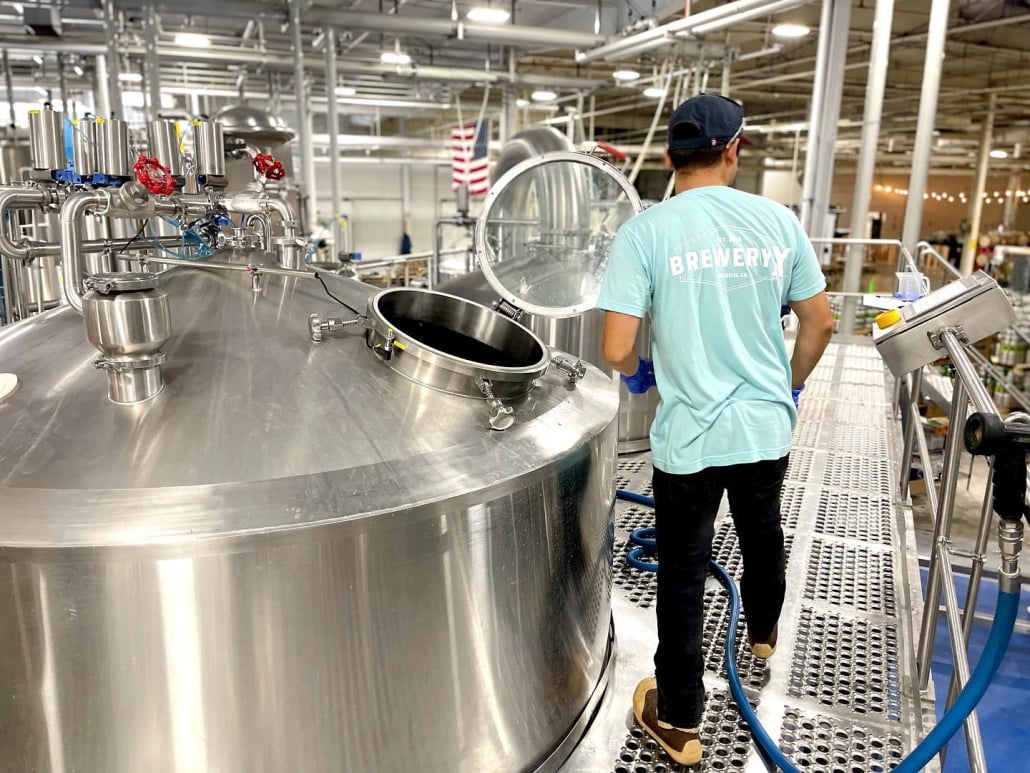
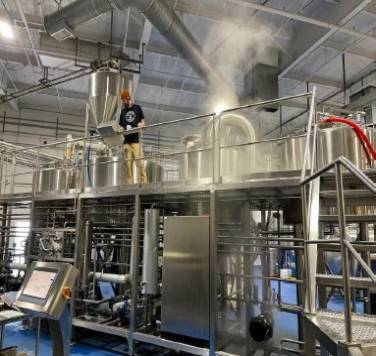

Essential Equipment and Ingredients for Home Brewing
Essential Equipment
| Equipment | Purpose | Approximate Cost |
|---|---|---|
| Brewing Kettle | Used to boil the wort (unfermented beer). | $50–$150 |
| Fermenter | A vessel where the beer ferments. | $30–$100 |
| Airlock | Allows gases to escape during fermentation. | $5–$15 |
| Hydrometer | Measures the beer’s alcohol content. | $10–$20 |
| Bottles and Caps | Store and preserve the finished beer. | $20–$50 per batch |
| Bottle Capper | Seals caps onto bottles. | $15–$40 |
| Thermometer | Monitors the temperature during brewing. | $10–$25 |
| Sanitizer | Keeps equipment clean and bacteria-free. | $5–$15 |
Essential Ingredients
| Ingredient | Purpose | Details |
|---|---|---|
| Malted Barley | Provides the sugars needed for fermentation. | Available in grains or extracts. |
| Hops | Adds bitterness, flavor, and aroma to the beer. | Varieties like Cascade, Saaz, and Amarillo. |
| Yeast | Converts sugars into alcohol and CO2. | Ale or lager yeast depending on the beer style. |
| Water | Makes up 90% of the beer. | Ensure it’s clean and free from contaminants. |
How to Brew Beer at Home: Step-by-Step
| Step | Action | Details |
|---|---|---|
| 1. Gather Ingredients | Collect all necessary ingredients and sanitize equipment. | Cleanliness is key to avoiding contamination. |
| 2. Create the Wort | Boil water, add malt extract, and hops to create the wort. | Stir continuously to prevent scorching. |
| 3. Cool the Wort | Quickly cool the wort to a yeast-friendly temperature. | Use an ice bath or wort chiller. |
| 4. Ferment | Transfer the wort to a fermenter, add yeast, and let it ferment for 1–2 weeks. | Keep it in a dark, cool place for consistent fermentation. |
| 5. Bottle the Beer | After fermentation, add priming sugar and transfer the beer to bottles. | This step adds carbonation. |
| 6. Age and Enjoy | Let the beer age for another 1–2 weeks before enjoying. | Patience pays off—aging enhances flavor. |
Common Mistakes and Troubleshooting Tips
| Mistake | Cause | Solution |
|---|---|---|
| Flat Beer | Insufficient priming sugar | Double-check your measurements before bottling. |
| Cloudy Beer | Poor sanitation or yeast suspension | Ensure proper cleaning and give yeast time to settle. |
| Off Flavors | Fermentation at the wrong temperature | Maintain a consistent fermentation environment. |
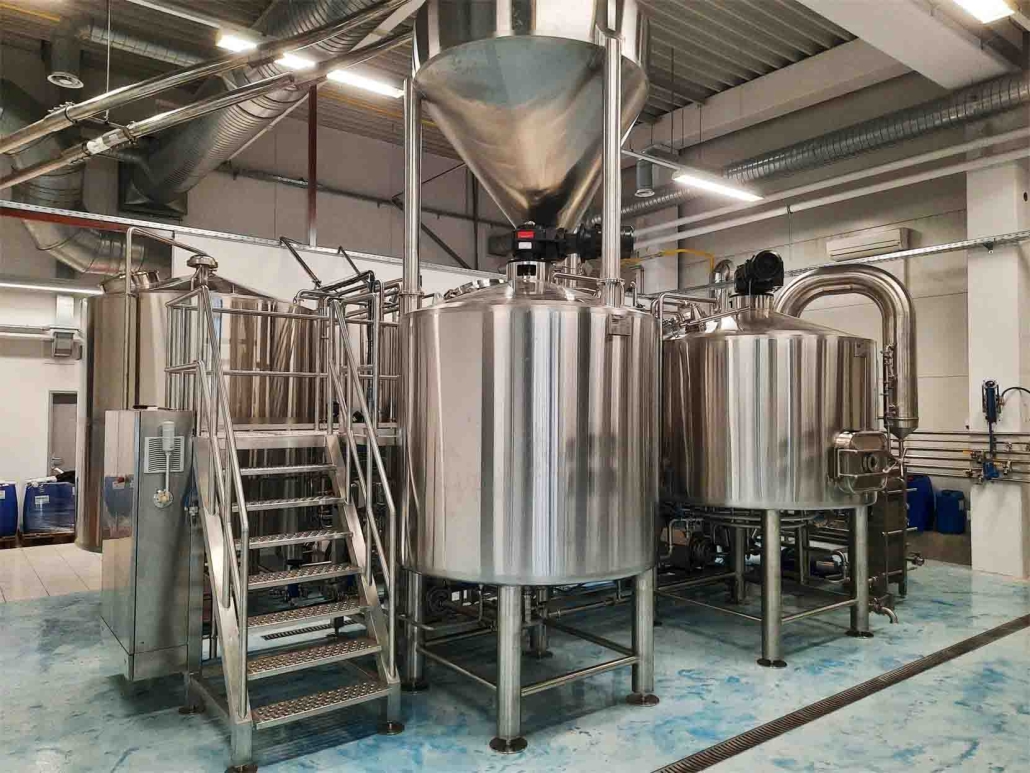
Advanced Brewing Tips for Enthusiasts of Home Brewing
Once you’ve mastered the basics, it’s time to elevate your brewing game. Experiment with different ingredients like fruits, spices, or specialty grains. Try barrel-aging for complex flavors or explore advanced techniques like dry hopping. Joining a home brewing club can also introduce you to new ideas and feedback from fellow brewers.
FAQs
| Question | Answer |
|---|---|
| Do I need expensive equipment to start? | No, many beginner kits are affordable and include everything you need to get started. |
| How long does it take to brew beer at home? | The process takes 4–6 weeks, depending on the recipe and aging time. |
| Can I brew non-alcoholic beer at home? | Yes, but it requires additional steps to remove alcohol. |
| Is home brewing legal? | In most countries, yes, but check local laws for specific regulations. |
| What’s the shelf life of home-brewed beer? | Typically 6–12 months if stored properly. |
Frequently Asked Questions (FAQ)
1) What’s the best starter batch size for Home Brewing?
- Begin with 1–2 gallons to learn the process cheaply and quickly; move to 5 gallons once you’re comfortable with sanitation and temperature control.
2) Extract vs. all‑grain: which should beginners choose?
- Extract brewing is simpler and faster with fewer variables. Transition to all‑grain when you want more control over body, color, and fermentability.
3) Do I need temperature control to make good beer at home?
- Yes. Keep ales at 65–70°F (18–21°C) with ±1°C stability using a fridge + controller (e.g., Inkbird). It’s the highest‑impact upgrade.
4) How can I avoid oxidation in Home Brewing?
- Minimize splashing after fermentation, purge kegs/bottles with CO2, and use closed transfers if possible. Aim for packaged DO ≤50 ppb for hop‑forward styles.
5) What basic water adjustments should beginners make?
- Use carbon‑filtered water, remove chlorine/chloramine (Campden tablet), and adjust gypsum/calcium chloride to balance sulfate:chloride for bitterness vs. malt roundness.
2025 Industry Trends in Home Brewing
- Smart fermentation: Affordable Bluetooth hydrometers and Wi‑Fi controllers that auto‑log gravity and temperature with mobile alerts.
- Pressure‑capable home fermenters: PET/stainless units for spunding (0.5–1.0 bar) to shorten conditioning and naturally carbonate.
- Oxygen control at home: Budget counter‑pressure fillers and closed‑transfer kits reduce hop fade in hazy IPAs.
- Eco‑friendly practices: Lower water‑to‑beer ratios via plate chillers with recapture, concentrated cleaners, and re‑usable gear.
- Compact all‑in‑one systems: 120/240V mash‑boil systems with step‑mash automation and integrated pumps dominate small‑space Home Brewing.
Home Brewing Benchmarks (2024–2025)
| Area | Typical Home Setup | 2025 Best Practice/Target | Impact | Source/Notes |
|---|---|---|---|---|
| Fermentation temp stability | ±2–3°C | ±1°C with fridge + controller | Flavor consistency | AHA guidance |
| Packaged DO (ppb) | 80–200 | ≤50 (hoppy beers ≤30) | Shelf life/aroma | ASBC Beer-17 principles |
| Water-to-beer ratio | 6–10:1 | 4–6:1 via efficient chilling + smart cleaning | Sustainability | Brewers Association |
| Brew day length (5 gal) | 5–7 hrs | 4–5 hrs with all‑in‑one systems | Efficiency | Vendor/user data |
| First‑batch success rate | ~70–80% | ≥85% with temp control + sanitation logs | Quality | Club surveys/anecdotal |
Authoritative references:
- American Homebrewers Association (AHA): https://www.homebrewersassociation.org/
- ASBC Methods of Analysis (oxygen, VDK, micro): https://www.asbcnet.org/
- Brewers Association (sustainability/QA): https://www.brewersassociation.org/
Latest Research Cases
Case Study 1: Closed Transfers Improve Hazy IPA Stability at Home (2025)
Background: A homebrewer reported rapid hop fade and browning within 2–3 weeks.
Solution: Added CO2 purging for kegs/lines, adopted closed transfers from a stainless conical, and used a counter‑pressure filler for competition bottles.
Results: Packaged DO dropped from ~140–180 ppb to 35–55 ppb; hop aroma held 4–6 weeks at 4°C with reduced “stale” notes in triangle tests.
Case Study 2: Temperature‑Controlled Fermentation Reduces Off‑Flavors (2024)
Background: Solventy/fruity esters in summer ales fermented at ambient temps.
Solution: Converted a used fridge to a fermentation chamber with an Inkbird controller; set 19°C for a neutral ale yeast and added a short diacetyl rest.
Results: Off‑flavor complaints nearly eliminated; attenuation improved by 5–7 points; club scores increased across three consecutive batches.
Expert Opinions
- John Palmer, Author, “How to Brew”
“Temperature control and proper pitching rates transform average homebrew into consistently good beer—prioritize these before chasing advanced gadgets.” - Mary Pellettieri, Quality Consultant; author of “Quality Management for Craft Beer”
“Validated sanitation and simple calibration checks (pH, hydrometer/refractometer) create repeatability, even in basic Home Brewing setups.” - Chris White, PhD, Founder, White Labs
“Healthy yeast is everything: use fresh packs or starters, oxygenate higher‑gravity worts, and limit repitches at home scale to maintain predictability.”
Practical Tools/Resources
- AHA tutorials, recipes, and forums: https://www.homebrewersassociation.org/
- Brewfather and Brewers Friend (calculators, logging): https://brewfather.app/ | https://www.brewersfriend.com/
- Yeast supplier guides and pitch rate calculators: https://www.lallemandbrewing.com/ | https://fermentis.com/ | https://www.whitelabs.com/
- Packaging/oxygen fundamentals (adapted from pro methods): https://www.asbcnet.org/
- DIY fermentation chamber guides via AHA forum and vendor docs
Last updated: 2025-08-29
Changelog: Added 5 targeted FAQs, 2025 trend insights with benchmark table, two recent home‑scale case studies on closed transfers and temp control, expert viewpoints, and vetted tools/resources for Home Brewing.
Next review date & triggers: 2026-02-28 or earlier if AHA/ASBC update homebrew QA guidance, new low‑cost pressure‑capable fermenters or counter‑pressure fillers become mainstream, or significant app‑integrated sensor updates roll out.
Share this entry
Interested in learning more about Brewing Systems including additional details and pricing information? Please use the form below to contact us!
YOLONG BREWERY EQUIPMENT FAQS
- Commercial Brewery / Craft Brewery / Microbrewery / Nanobrewery
- What is The Difference Between Craft Beer and Industrial Beer?
- The Bespoke Differences In Custom Brewing Systems
- Everything You Need to Know About Kettle Souring
- How to Choose Brewing Equipment for Your business?
- How To Choose The-Best Partner To Build Your Commercial Microbrewing System?
- Two Detection Sensors That You Need To Use In Your Brewhouse System
- Remote Control Applications in Brewing Equipment/How does it work?
- How To Clean Your Brand New Brewery Tanks?

